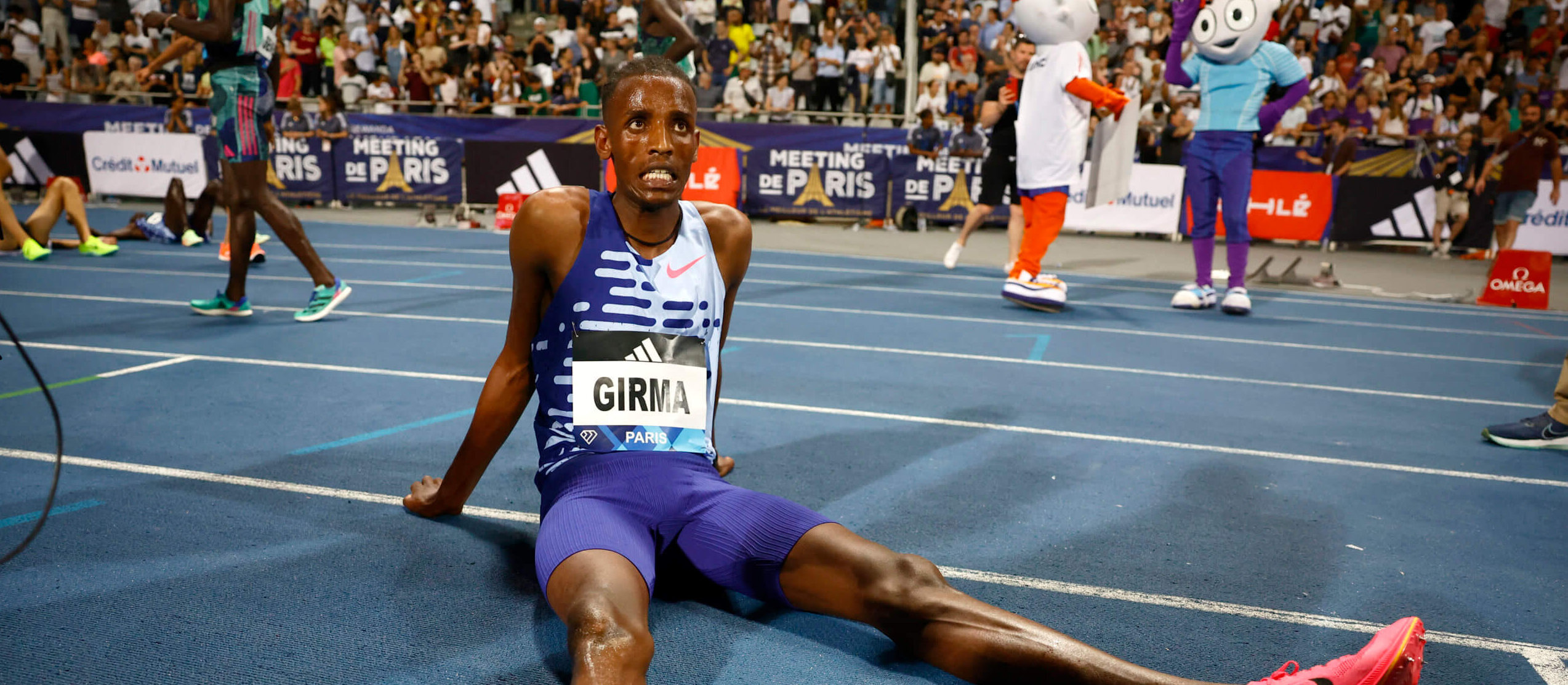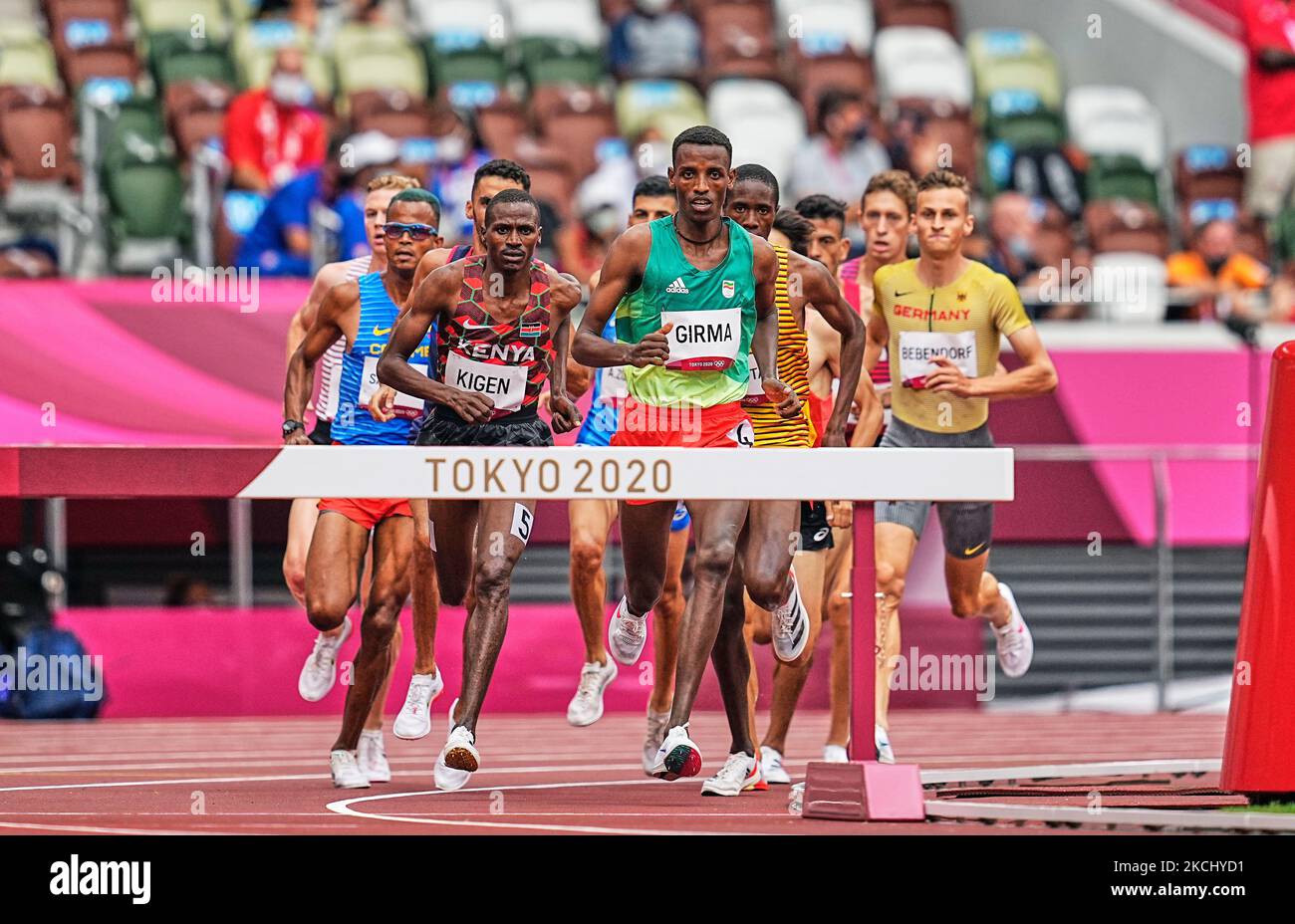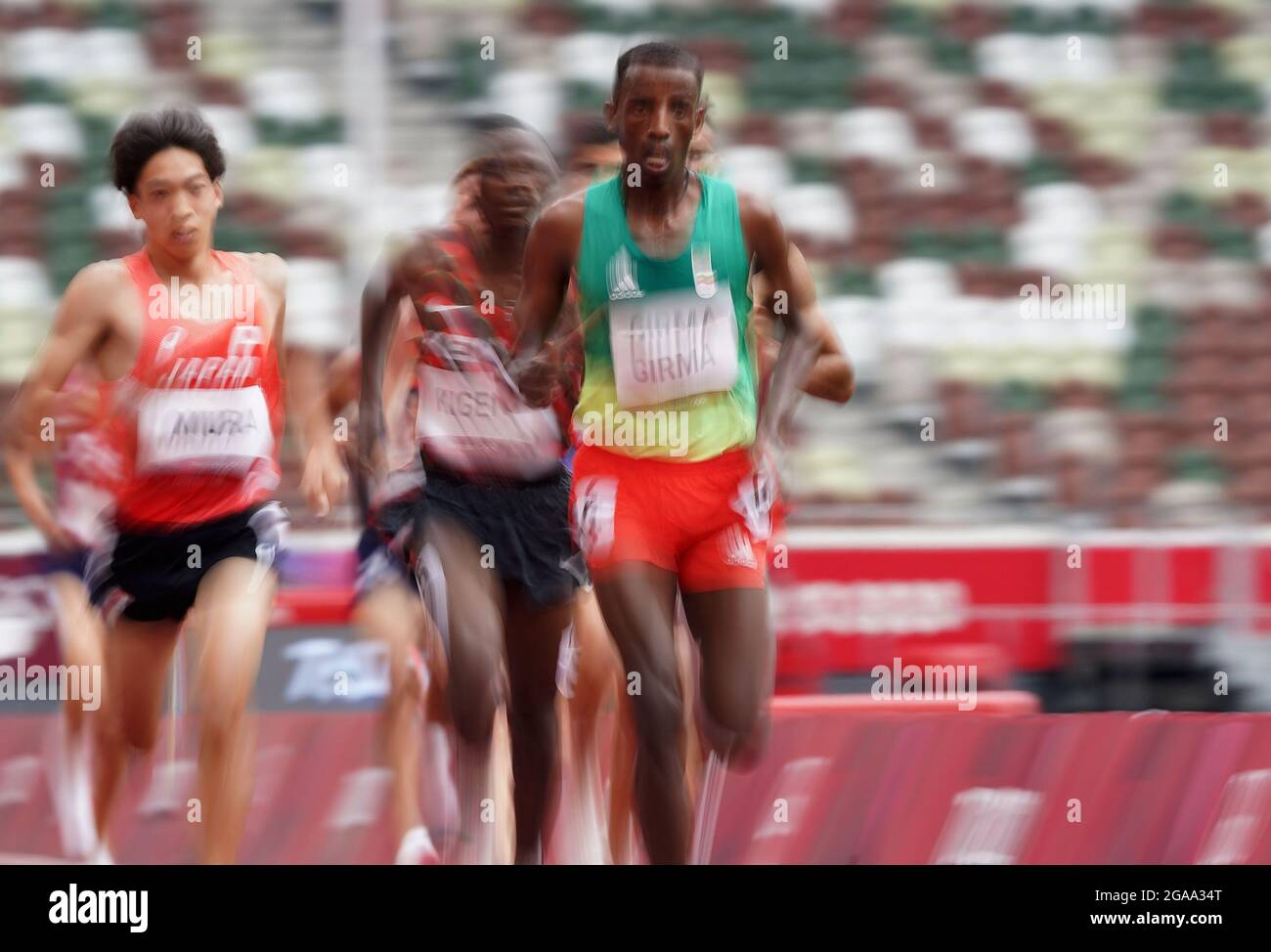The Girma Steeplechase

The Girma Steeplechase, a renowned horse racing event, has a rich history and significant impact on the sport’s evolution. It’s a race that embodies the spirit of equestrian excellence and showcases the unique challenges of steeplechase racing.
Origins and Evolution
The Girma Steeplechase was founded in 1905 in the picturesque Girma Valley, nestled amidst rolling hills and lush meadows. The race was initially a local event, attracting horse owners and enthusiasts from the surrounding region. Over the years, the Girma Steeplechase gained popularity, attracting national and international attention.
The race has witnessed numerous changes and improvements over the years. The course has been redesigned and expanded, incorporating new obstacles and challenging terrain. The prize money has increased significantly, attracting top-tier horses and jockeys.
Significance in Horse Racing History
The Girma Steeplechase holds a prominent place in horse racing history. It has been a testing ground for some of the greatest steeplechase horses, and its winners have gone on to achieve legendary status. The race has also played a crucial role in the development of steeplechase racing techniques and strategies.
The Girma Steeplechase has been a catalyst for innovation in horse racing. The unique obstacles and terrain of the course have inspired the development of new training methods and equipment. The race has also helped to raise awareness of steeplechase racing and promote its growth as a popular sport.
Course Features and Challenges
The Girma Steeplechase course is renowned for its challenging obstacles and varied terrain. The course includes a series of fences, water jumps, and steep inclines, testing the horses’ agility, stamina, and jumping ability.
Obstacles
- The Girma Wall: A formidable stone wall, standing at 5 feet high, tests the horses’ jumping prowess and courage.
- The Water Jump: A wide, deep water jump, requiring horses to clear a significant distance and land safely on the other side.
- The Steeplechase Hill: A steep incline, testing the horses’ stamina and ability to maintain their momentum.
Terrain
The Girma Steeplechase course features a combination of undulating terrain, including rolling hills, meadows, and wooded areas. The varied terrain demands horses to adapt their stride and maintain their balance.
“The Girma Steeplechase is not just a race; it’s a test of a horse’s heart, courage, and athleticism.” – A renowned jockey
Notable Girma Steeplechase Falls

The Girma Steeplechase, with its challenging course and high speeds, has witnessed its fair share of dramatic falls over the years. These incidents, while often heart-stopping for spectators, provide valuable insights into the inherent risks of this equestrian sport and the complex interplay of factors that can contribute to a fall.
Notable Falls and Their Causes, Girma steeplechase fall
These falls highlight the various factors that can lead to a rider’s downfall, ranging from course conditions and rider errors to horse health and equipment malfunctions.
- The “Great Gallop” of 2017: This infamous incident involved the legendary horse, “Thunderbolt,” and his rider, “Captain” Jones. The fall occurred at the notoriously difficult “Devil’s Jump,” a steep, narrow obstacle with a treacherous landing. The fall was attributed to a combination of factors, including a misjudged approach by the rider and the horse’s unexpected stumble due to a hidden divot in the landing zone. This incident led to a significant injury for the rider and the horse, but thankfully, both recovered fully.
- The “Equipment Malfunction” of 2019: This fall involved “Silverstreak,” a renowned mare, and her rider, “Emily” Carter. During the final stretch of the race, Silverstreak’s stirrup leather snapped, causing Emily to lose her balance and fall. This incident highlighted the importance of regular equipment checks and maintenance, especially in high-stakes events.
- The “Unexpected Obstacle” of 2022: This incident involved “Shadowfax,” a powerful stallion, and his rider, “Mark” Thompson. During a particularly fast-paced section of the race, a rogue branch from a nearby tree fell onto the course, causing Shadowfax to stumble and throw Mark off. This incident serves as a reminder of the unpredictable nature of the sport and the importance of course safety measures.
Consequences of Falls
The consequences of falls in the Girma Steeplechase can be significant, affecting both riders and horses, and influencing the outcome of the race.
- Rider Injuries: Falls can lead to a range of injuries for riders, from minor bruises and sprains to serious fractures and concussions. These injuries can sideline riders for extended periods, impacting their careers and potentially jeopardizing their future participation in the sport.
- Horse Welfare: Falls can also have serious consequences for horses, including injuries to legs, joints, and even internal organs. The impact of a fall can cause significant pain and discomfort, and in some cases, may lead to permanent damage or even euthanasia.
- Race Outcome: Falls can significantly affect the outcome of the race. A fall by a leading contender can shift the entire dynamic of the race, creating opportunities for other horses and riders to take the lead. This can lead to dramatic shifts in the standings and create a thrilling, unpredictable race for spectators.
Safety Measures and Prevention Strategies

The Girma Steeplechase, like any equestrian event, prioritizes the safety of both riders and horses. A comprehensive approach encompassing course design, rider training, and equipment regulations is implemented to minimize the risk of falls. The organizers also have robust emergency response procedures in place to address any potential injuries.
Course Improvements
Course improvements are crucial for minimizing the risk of falls. The Girma Steeplechase organizers continuously evaluate the course and implement changes to enhance safety. These improvements include:
- Fencing: The fences are designed to be sturdy and forgiving, with materials that minimize the risk of injury to both horses and riders. For example, the use of natural materials like brush or logs is preferred over solid fences, as these offer more give and reduce the impact of a fall.
- Obstacles: The obstacles are carefully designed and positioned to ensure a safe and fair challenge for the horses. The placement of obstacles takes into account the terrain, the flow of the course, and the potential for hazards.
- Course Maintenance: The course is meticulously maintained to ensure that it is free of any potential hazards, such as loose rocks, holes, or uneven ground. Regular inspections are conducted to identify and address any issues.
Rider Training
Rider training plays a vital role in preventing falls. The Girma Steeplechase requires riders to meet specific training and experience standards before they are allowed to compete.
- Experienced Riders: Only experienced riders with a proven track record of success in steeplechase racing are permitted to participate. This ensures that all riders have the necessary skills and knowledge to navigate the challenging course safely.
- Pre-Race Inspections: Before each race, riders are required to undergo a pre-race inspection to ensure that they are fit to compete. This inspection includes a physical assessment and a review of their riding equipment.
- Safety Training: Riders are also required to undergo regular safety training, which covers topics such as fall prevention, emergency procedures, and horse care.
Equipment Regulations
The Girma Steeplechase has strict equipment regulations to ensure that all riders and horses are properly equipped for the race. These regulations cover everything from helmets to saddles to the horses’ tack.
- Helmets: All riders are required to wear helmets that meet safety standards. These helmets are designed to protect the riders’ heads in the event of a fall.
- Saddles: The saddles used in steeplechase racing are specifically designed for the demands of the sport. They are sturdy and secure, providing riders with a stable platform from which to control their horses.
- Tack: The horses’ tack, including bridles, reins, and stirrups, must also meet safety standards. This ensures that the tack is strong and reliable, reducing the risk of equipment failure during the race.
Emergency Response Procedures
The Girma Steeplechase has a comprehensive emergency response plan in place to address any potential injuries to riders or horses. This plan includes:
- Medical Personnel: A team of experienced medical professionals, including doctors, nurses, and paramedics, is on hand at the racecourse to provide immediate medical care.
- Ambulance: A fully equipped ambulance is stationed at the racecourse and is readily available to transport injured riders or horses to the nearest hospital.
- Horse Ambulance: A dedicated horse ambulance is also available to transport injured horses to a veterinary hospital.
- Emergency Communication: Clear communication channels are established between race officials, medical personnel, and emergency services to ensure a rapid and coordinated response to any incident.
Ongoing Safety Initiatives
The organizers of the Girma Steeplechase are constantly working to improve safety and prevent falls. Some of the ongoing initiatives include:
- Data Analysis: The organizers use data analysis to identify potential hazards and areas where improvements can be made. This data comes from a variety of sources, including past race results, rider feedback, and course inspections.
- Research and Development: The organizers are actively involved in research and development efforts to identify new technologies and techniques that can enhance safety in steeplechase racing. This includes exploring new types of fences, helmets, and other safety equipment.
- Collaboration with Experts: The organizers work closely with experts in equestrian safety, veterinary medicine, and sports medicine to ensure that the Girma Steeplechase is conducted with the highest possible safety standards.
Girma steeplechase fall – Girma’s steeplechase fall was a total bummer, man! But hey, at least it wasn’t as bad as that time Nina Kennedy, the pole vaulting powerhouse , missed her jump. Still, gotta give Girma props for getting back up and finishing the race.
He’s a true champion!
Girma’s steeplechase fall was a real bummer, man. Like, imagine tripping right before the finish line? Talk about bad luck! But hey, at least he didn’t lose his grill, unlike some folks. Speaking of grills, ever wonder if Quincy Hall actually has real gold teeth?
Check it out to see what the buzz is about. Anyway, back to Girma, hopefully he’ll bounce back stronger than ever. Next time, maybe he’ll even get a gold chain to match Quincy Hall’s bling!